A “healthy lifestyle” and “positive attitude” are a Moray man’s key tips for living with Huntington’s disease.
Brian Watt’s advice comes as figures show that the north-east and Highlands and islands have one of the highest rates of Huntington’s disease in the world.
The number of people who have the gene that causes Huntington’s across the region has been accurately counted for the first time in 35 years after new research from Aberdeen University.
It is the first time in a generation that the study counts the number of people who have the gene but have not been tested.
Mr Watt, a former manager of Chivas whisky distillery in Keith, received the diagnosis in 2016 and recalled: “I knew there was Huntington’s disease in my family – my father and my sister were both diagnosed.
“I wasn’t sure whether to go ahead with the test, but I am glad I did.”
Brian received counselling – offered by the Huntington’s disease clinic in Aberdeen – before taking the test.
The 69-year-old felt this was “hugely important” to be able to process the news, regardless of the result.
More than five times the estimated worldwide rate
The research used NHS family-based records to find out there are more than 160 adults living across the north and north-east who are in this situation.
However, the scientists behind the study believe the figure will be even higher. This is because not everyone with Huntington’s disease symptoms seeks a diagnosis.
The study, published in the medical journal Neuroepidemiology, confirmed that 14.5 per 100,000 people live with the disease across Grampian, the Highlands, Orkney, Shetland and the Western Isles.
This figure is more than five times the estimated worldwide rate of 2.71 per 100,000 people.
Huntington’s disease runs in families and every child of someone affected has a 50:50 chance of inheriting the gene.
The gene slowly damages the brain, eventually taking away the person’s ability to walk, talk, eat and drink.
This new analysis showed that, on average, every person who has been diagnosed with Huntington’s disease will have at least another 2.2 relatives who have the gene.
As a result, this means there are hundreds of people across the region who could be considered for effective treatments for the disease when these become available in the future.
Inverness man ‘blighted’ by Huntington’s disease
62-year-old Sandy Patience from Inverness was diagnosed with Huntington’s in 2017 and his family has been “blighted” by the disease his whole life.
Both his mother and grandmother had Huntington’s, while his sister Helen passed away with it in 2020.
However, he was overjoyed to find out that his daughter Kim tested negative for the gene.
“By the grace of God, Kim tested negative about a year after my diagnosis.
“Now we know that my three beautiful grandchildren are safe from this horrific disease.
“Our tears at Kim’s negative test was something I waited all Kim’s life to witness, it was truly amazing.
“I can fight for my own life now I know I’m the last person in my family with this.”
The research was led by Aberdeen University Professor Zosia Miedzybrodzka.
NHS Grampian genetic counsellor Heather Cruickshank was also involved.
The authors stress the importance of a clear picture of the number of people with Huntington’s disease in the region. This would ensure that care planning objectives are met.
They said it also reinforces the need to invest in specialist care and support for those with the condition.
Professor Miedzybrodzka said: “A 2022 Scottish Government report underestimated Huntington’s disease rates and did not account for numbers of people at risk in a way that our clinic and lab data has.”
Ms Cruickshank added: “Having a test remains a free choice for people from Huntington’s disease families and our research means that care can be planned for all those at risk, without people who don’t want a test having one.”
Commenting on the findings of the study, Scottish Huntington’s Association chief executive Alistair Haw said: “Earlier this term a Scottish Parliament motion calling for an expansion of specialist Huntington’s disease services in light of rising cases became the most supported motion in the history of devolution.
“This latest study further strengthens the case for immediate action to expand specialist services for families impacted by Huntington’s.
“Huntington’s disease is a hugely complex, widely misunderstood and extremely difficult to manage condition. Specialist services are not some nice to have optional extra but an absolute necessity to reduce patients reaching crisis point and presenting to acute emergency statutory services.
“According to the Journal of Huntington’s Disease, Huntington’s disease specialists reduce hospital admissions by 54%. Specialist Huntington’s services need to be expanded urgently – a message further reinforced by this new and clear evidence which has major implications for health and social care providers throughout Scotland.”
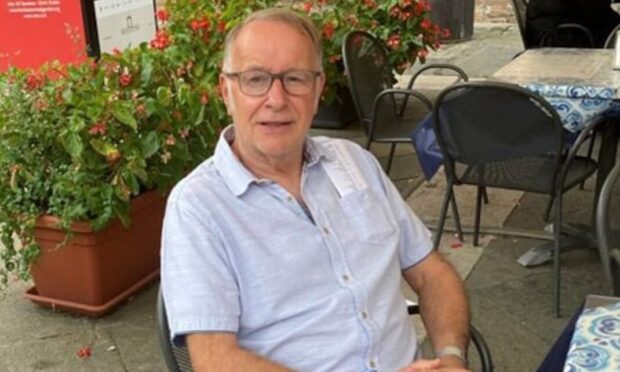
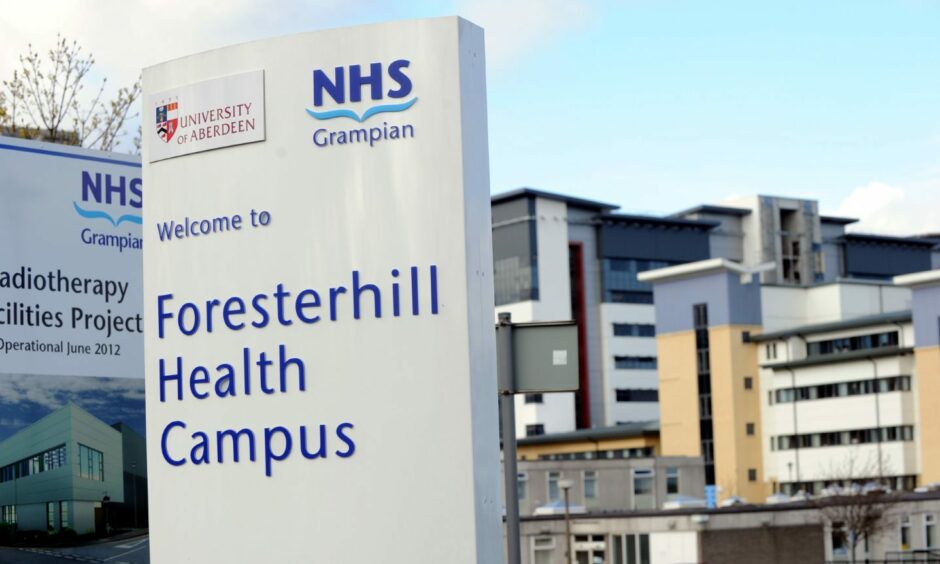
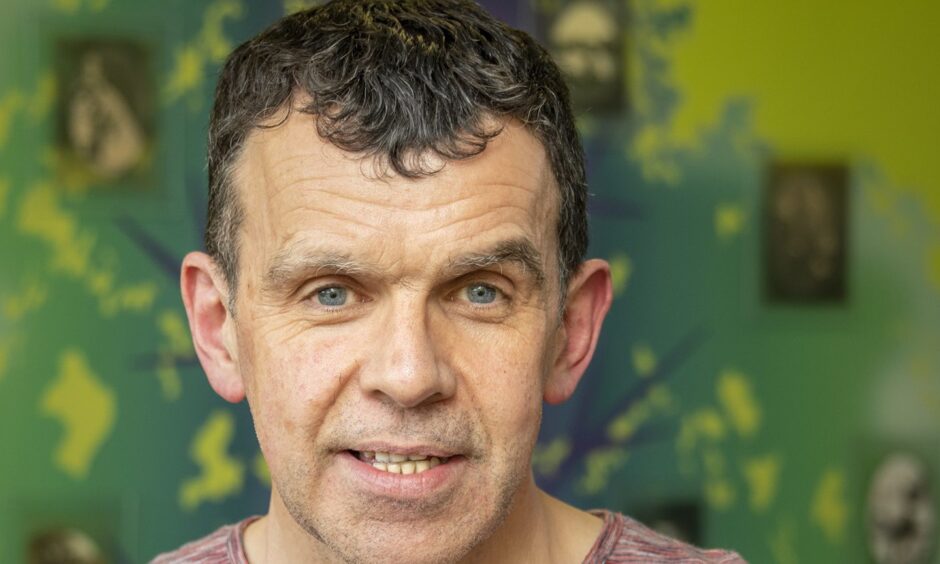
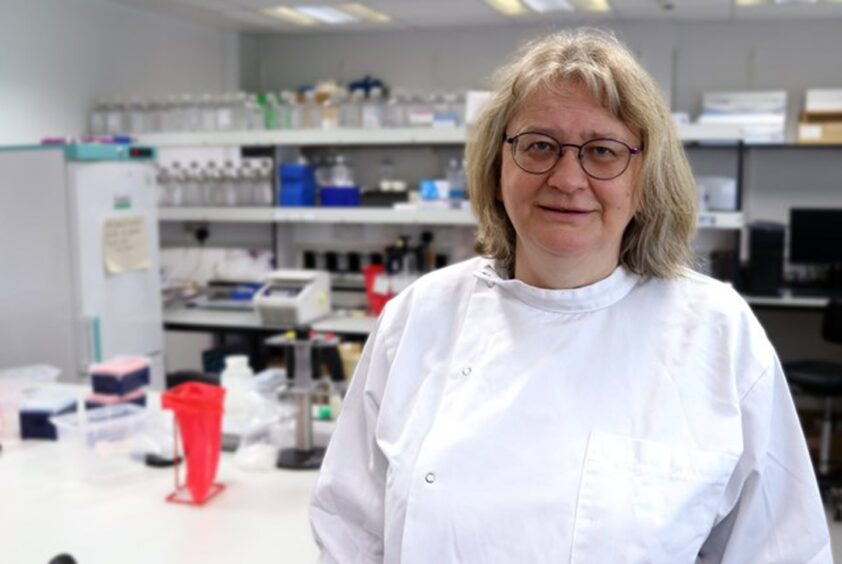
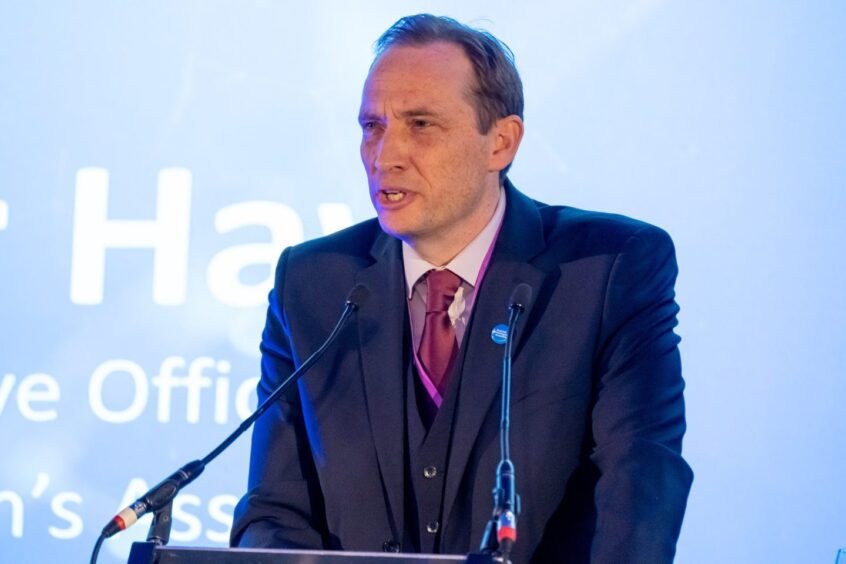
Conversation